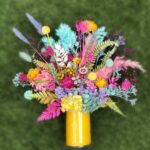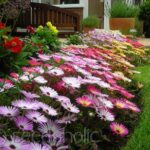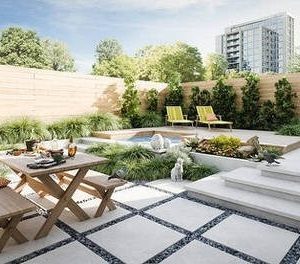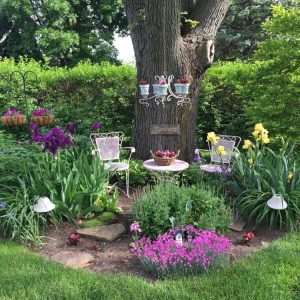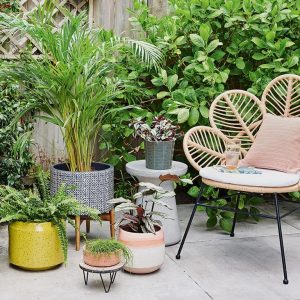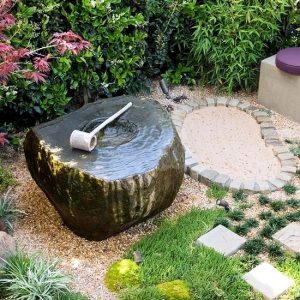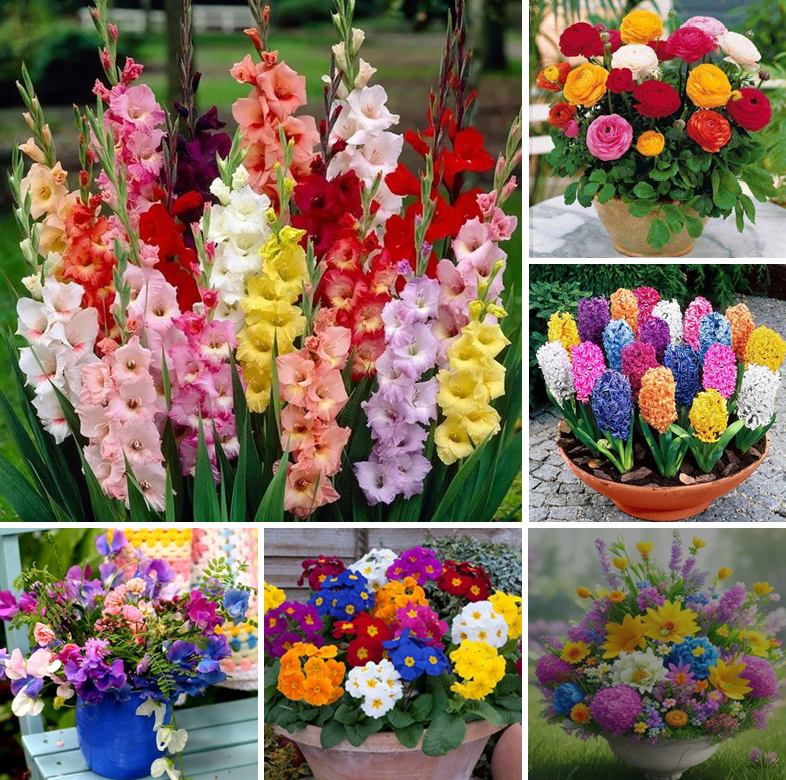
Ever since its release in 1988, the children’s book Planting a Rainbow by Lois Ehlert has been one of the favorite means for green-thumbed parents to instill a love of gardening and nature in their children.
Undoubtedly numerous rainbow gardens have been started (and some forgotten) by kids eager to get their hands dirty and their seeds in the ground
A quick search for “how to plant a rainbow garden” reveals activity sheets, lesson plans and other projects you can do with kids. But how about planting a rainbow garden for adults to enjoy? Here’s a guide on how to do it and what plants will help you achieve the desired effect.
What is a rainbow garden?
Aren’t most gardens supposed to be colorful anyway?
Yes, but the main attraction of this design is not just the fact that it brings colorful flower beds into focus. A rainbow garden is a garden where the plants have been arranged to resemble the colors of the rainbow, both in order and (sometimes) in shape. So think of arch-shaped garden beds that follow the ROY G BIV mnemonic (red, orange, yellow, green, blue, indigo, violet).
For some gardeners, that’s the main attraction; for others, it may sound like a headache waiting to happen. But with a little bit of planning, a rainbow garden isn’t hard to achieve, even during a single growing season.
Color blocking and a wide color palette are the essential elements of a rainbow garden.
And the most important part of creating a new garden design is letting your creativity roam freely – or at least as freely as your planting site allows. You don’t necessarily have to follow an arch shape if planting in groups would look better in your space. Just as you don’t have to follow the colors of the rainbow in order. And you’re definitely allowed to play a few eye tricks with the blue-indigo-violet combo. Nature sure does!
How do I plan a rainbow garden?
The key to getting a rainbow pattern in your garden is proper planning. That’s why a rainbow garden, like any design from scratch, is best started on paper rather than in situ.
First, decide what kind of rainbow garden you’d like to commit to: a spring bulb garden, an annual garden or a perennial garden. I’ll expand on the pros and cons of each of these below, so you can skip this step (for now!) and come back later. However, don’t skip on the planning-on-paper process before you start digging into the ground.
On a piece of paper, sketch out how you’d like your rainbow garden to look, keeping in mind a few questions.
How much sunlight will your rainbow patch get?
How often are you prepared to water it to keep the “`Wow! factor” fresh?
Will passers-by be able to admire it, or is it for your own private viewing?
Do you want to keep it a subtle affair, or are you going all out with this design?
How much maintenance are you willing to commit to?
Do you want to plant the flowers in order of color, or mix and match them a bit to keep it interesting?
Here are three possible layouts for the rainbow garden to get the ideas rolling.






